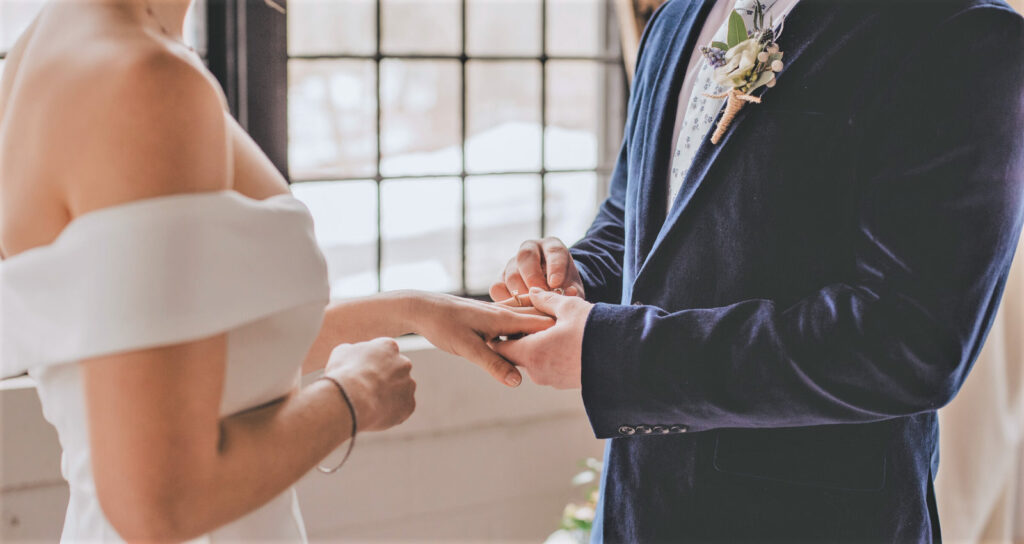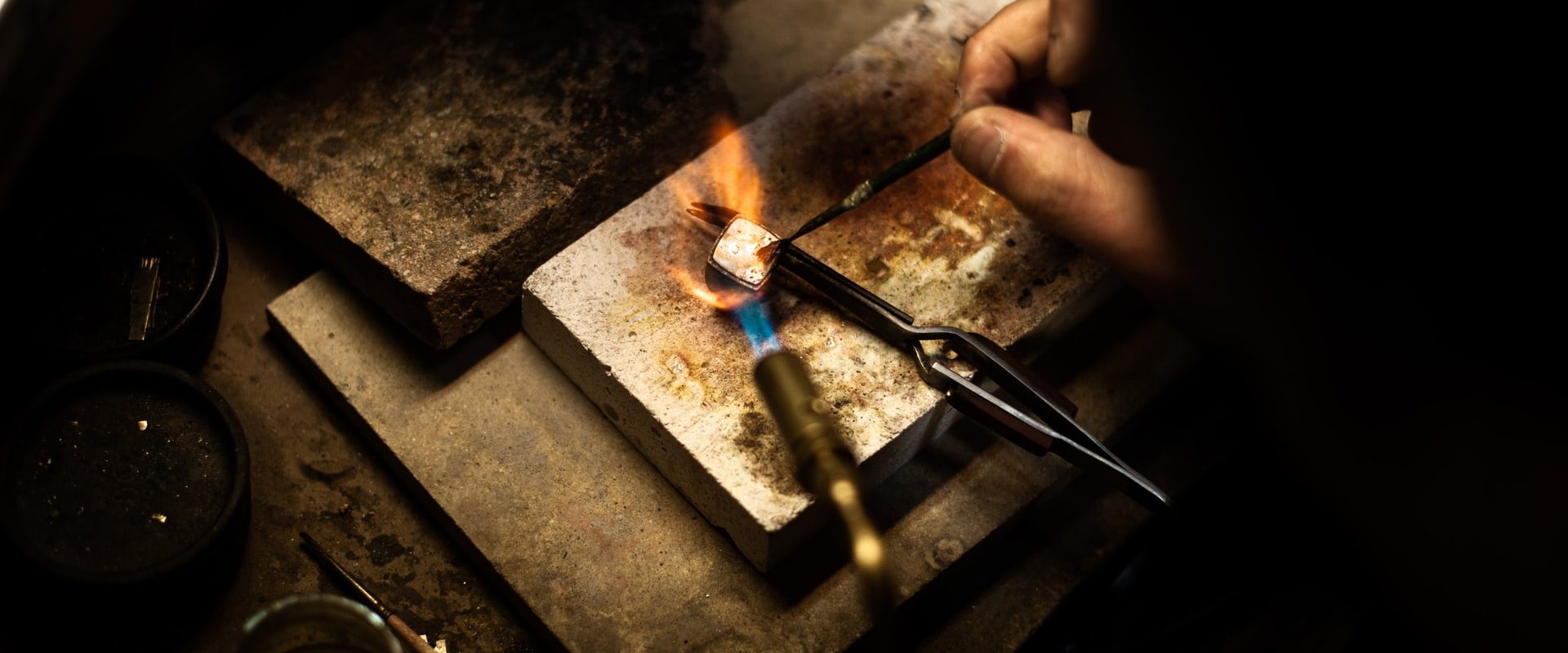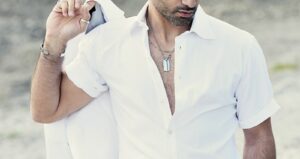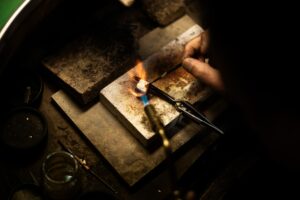
6 ověřených rad jak vybrat snubní prsteny
Už si nemusíte lámat hlavu s tím, jak vybrat snubní prsteny. Připouštíme, že tento úkol může být trochu oříškem, a proto vám přinášíme šest oveřených


Pravá mysl dokáže přečkat všechny lži a iluze, aniž by byla ztracena.
The reason Australian men don’t buy more jewellery seems simple enough: they don’t put the same value on jewellery that women do.
Jewellery represents values that marketers traditionally say men just don’t respond to – it’s not functional or efficient, it doesn’t eliminate a negative issue or solve a problem and it’s perceived as feminine – but that’s not the case for all men.
Men’s jewellery is a small market and it may never reach the scale of the women’s sector, yet it shouldn’t be ignored, according to David Paterson, managing director Paterson Fine Jewellery, which manufactures men’s rings and cufflink range Alfie Black.
“Absolutely it’s still a growing trend in the jewellery industry,” he says.
Phil Edwards agrees, the managing director of Thomas Sabo distributor Duraflex Group Australia noting, “For some men, jewellery is a very important fashion statement and form of personal expression.”
For the more conservative males, purchasing fashion jewellery is usually out of the question but these consumers may be tempted by the simple luxury of a beautiful wedding ring, even if they rarely wear it.
Indeed, there are ways to overcome the resistance men have for buying pieces of their own: creating spaces that appeal specifically to men, tailoring sales techniques to the different types of men who buy jewellery and developing a product offering that combines timeless favourites with the latest trends.
Chris Scanlan is the manager of RJ Scanlan & Co, which distributes Dora men’s wedding rings. “It comes back to demographics,” he explains of selling to men.
“There are a lot of different types of men around the country, different people out there buying things for different reasons. There are also different retailers promoting different types of products, and there’s the online component too.”

Už si nemusíte lámat hlavu s tím, jak vybrat snubní prsteny. Připouštíme, že tento úkol může být trochu oříškem, a proto vám přinášíme šest oveřených

Ptáte se, proč by muži měli nosit šperky? Jasně a stručně vám na tuto otázku odpovíme. Dozvíte se navíc, jak i vy můžete svůj styl

Strach z létání nebo (aerofobie) je typ specifické fobie, která zahrnuje strach z létání nebo letecké dopravy. Zatímco statistiky naznačují, že letecká doprava je ve

Úvod Technicky je fotografie umění zachytit a zpracovat světlo pomocí senzoru nebo filmu. Ale podstatou fotografie je vážit si okamžiků a sdílet je se světem.

The reason Australian men don’t buy more jewellery seems simple enough: they don’t put the same value on jewellery that women do. Jewellery represents values

Gemstone, any of various minerals highly prized for beauty, durability, and rarity. A few noncrystalline materials of organic origin (e.g., pearl, red coral, and amber) also are
| Cookie | Délka | Popis |
|---|---|---|
| cookielawinfo-checkbox-analytics | 11 months | This cookie is set by GDPR Cookie Consent plugin. The cookie is used to store the user consent for the cookies in the category "Analytics". |
| cookielawinfo-checkbox-functional | 11 months | The cookie is set by GDPR cookie consent to record the user consent for the cookies in the category "Functional". |
| cookielawinfo-checkbox-necessary | 11 months | This cookie is set by GDPR Cookie Consent plugin. The cookies is used to store the user consent for the cookies in the category "Necessary". |
| cookielawinfo-checkbox-others | 11 months | This cookie is set by GDPR Cookie Consent plugin. The cookie is used to store the user consent for the cookies in the category "Other. |
| cookielawinfo-checkbox-performance | 11 months | This cookie is set by GDPR Cookie Consent plugin. The cookie is used to store the user consent for the cookies in the category "Performance". |
| viewed_cookie_policy | 11 months | The cookie is set by the GDPR Cookie Consent plugin and is used to store whether or not user has consented to the use of cookies. It does not store any personal data. |